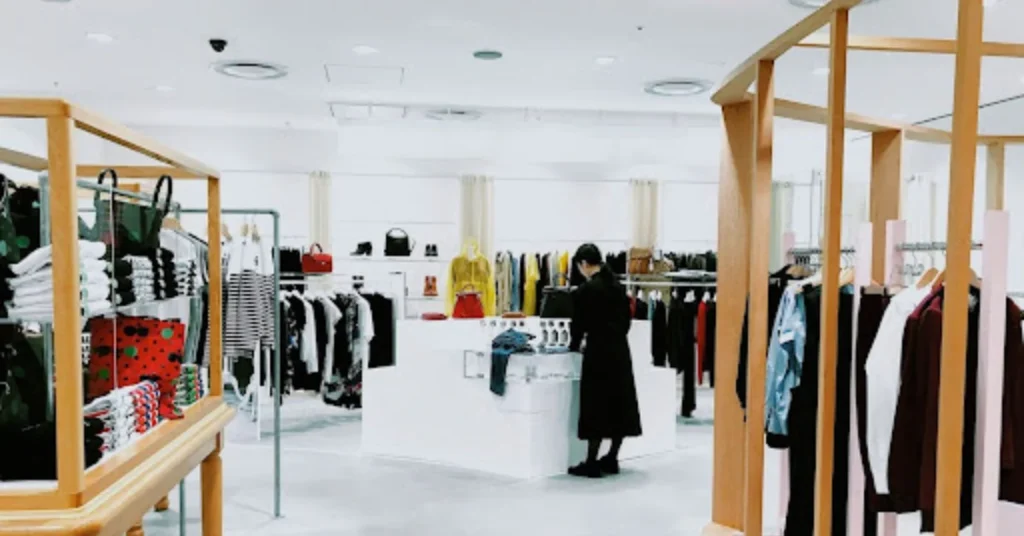Lighting shapes the customer experience, brand perception, and sales within hospitality and retail environments. The perfect use of light colors can enhance the surrounding area also it highlights products, and make a good impact on customers. In this guide, we discuss the impact of different light colors in these settings and how they contribute to overall success.
Creating the Right Ambiance
Creating the right ambiance is very important and it plays a critical role in drawing in and keeping customer retention. For that, Soft light (2700K and 3000K) provides a comfortable and warm glow that improves the ambiance of an area. This kind of lighting is perfect for, restaurants, hotels, and shopping stores. It invites visitors to stay longer and take in the surroundings.
However, Daylight (around 4000K to 5000K), creates a vivacious atmosphere. It is more suitable for high-traffic areas like different lobbies, gyms, and also in expansive retail stores. The right balance of warm and cool illumination can improve the overall ambiance, providing customers with a combination of comfort and stimulation. Check for more detailed information about soft light vs daylight.
Enhancing Customer Experience
The customer experience is very much influenced by the quality and color of lighting used. In hospitality settings, a soft white light color in guest and dining areas promotes a sense of relaxation and comfort. You can use adjustable lighting options to allow guests to personalize their environment and enhance their stay long time.
In retail environments, you can use bright, cool lighting (around 5000K) to highlight the products and make them more appealing. For example, cool white LED lights in a clothing store can perfectly display fabric colors and make the store feel modern. Proper lighting can guide customers through the store, creating a pleasant and intuitive shopping experience.
Influencing Brand Perception
Lighting choices also impact brand perception. In a good luxury hotel or high-end retail store, you might use a combination of soft white and accent lighting to create a pleasant atmosphere. The brand’s image is reflected in this lighting, which exudes limitation and quality.
Conversely, for a trendy retail store that targets younger demographics might use bright, colorful lighting to create a fun atmosphere. Using Dynamic lighting, such as color-changing LEDs can also enhance the brand’s identity and make the shopping experience more engaging.
Boosting Sales
For gaining a lot of sales effective and well-structured lighting is very important. You can draw your customer’s attention by Highlighting key products with spotlights or accent lighting. Studies indicate that well-lit products are 20% more likely to be purchased than those in poorly-lit areas.
Strategic lighting can be used in hospitality settings like dining areas to enhance the appeal of drinks and food, which encourages guests to order more. Warm lighting (around 2700K) also be used to make food look more appealing, while cool lighting emphasizes cleanliness and freshness. The right lighting makes a space feel exclusive and opulent, which tempts visitors to spend more money.
Promoting Safety and Comfort
In retail and hospitality settings, comfort and safety are paramount. Sufficient illumination in corridors, stairwells, and external regions guarantees that patrons and visitors can securely traverse these areas. In parking lots and entrances, well-lit areas improve security and discourage potential criminal activity.
Lighting can also lessen glare and eye strain, which increases comfort. Adjustable lighting options in common areas and guest rooms in hospitality settings cater to a variety of tastes and activities. Balanced lighting in retail spaces improves customer comfort and lowers the risk of customers leaving because they are uncomfortable.
Supporting Sustainability
The retail and hospitality industries are starting to place more and more emphasis on sustainability. LED lights and other energy-efficient lighting options cut operating expenses in addition to energy consumption. With their multicolored availability, LED lights can create a variety of atmospheres and effects without compromising their efficiency.
Adding intelligent lighting controls that adapt to occupancy and the availability of natural light can improve sustainability initiatives even more. These devices have a function of automatically brightening or dimming the lights which provides ideal lighting conditions while consuming the least amount of energy. By adopting sustainable lighting practices you can improve any brand’s reputation as being socially and ecologically responsible.
Conclusion
Light color schemes are essential for creating positive customer experiences, enhancing brand perception, and increasing sales in retail and hospitality settings. Businesses can design spaces that are inviting, interesting, and supportive of both activity and relaxation by knowing the effects of various light colors and implementing them strategically. In addition to improving a space’s aesthetic appeal, efficient lighting promotes sustainability, comfort, safety, and other factors that boost the success of hospitality and retail enterprises as a whole.






